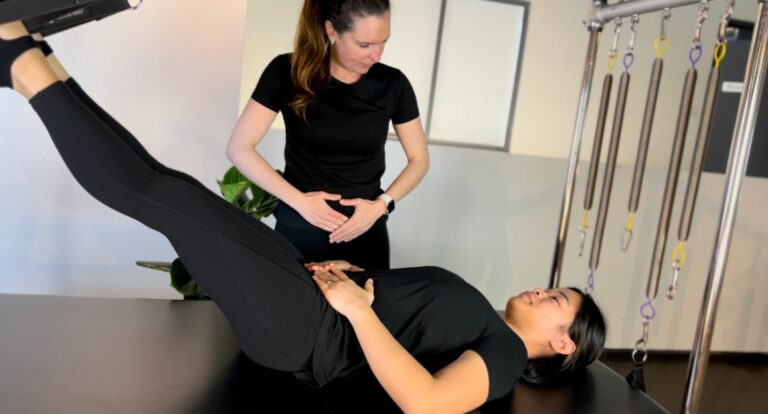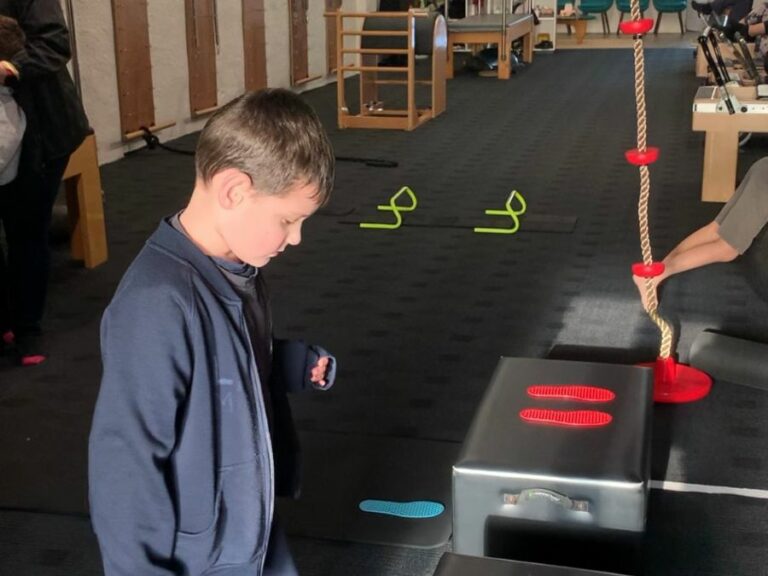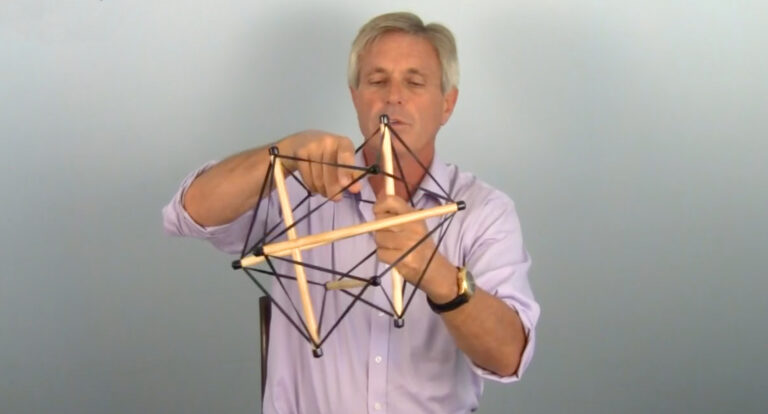The piriformis is a small, pear-shaped muscle located deep within the buttock region of the human body. Its primary role is to assist in the rotation of the hip joint and the movement of the leg away from the midline of the body. But it does so much more than this. It is one of the markers we look at as Physiotherapist’s when we are assessing a patients pelvic position and function. It gives a great many clues as to how a person uses their hips, pelvis, core and lower limbs for activities of daily living.
The piriformis muscle plays several important roles:
- Hip External Rotation: One of the main functions of the piriformis is to externally rotate the hip joint. This means that it helps in turning the thigh and foot outward away from the body’s midline. This action is important for various activities such as walking, running, and even sitting cross-legged.
- Stabilising the Hip Joint: The piriformis muscle helps stabilize the hip joint by holding the head of the femur (thigh bone) in place within the hip socket (acetabulum). This stability is crucial for maintaining proper alignment and function of the hip joint during various movements.
- Support for Posture: The piriformis also contributes to maintaining proper posture and balance by assisting in the alignment of the pelvis and spine. It helps prevent excessive inward (medial) rotation of the hip, which can lead to postural issues and musculoskeletal imbalances.
- Walking and Lower Limb Movements: During walking and other lower limb movements, the piriformis muscle is actively engaged to control the motion of the hip joint. It works in coordination with other muscles in the hip and thigh to ensure smooth and coordinated movement.
- Sciatic Nerve Passage: One of the unique aspects of the piriformis muscle is its relationship to the sciatic nerve. In some individuals, the sciatic nerve can pass through or very close to the piriformis muscle. When the piriformis muscle becomes tight or irritated, it can potentially compress the sciatic nerve, leading to a condition known as piriformis syndrome. This can result in symptoms such as pain, tingling, or numbness in the buttock and down the back of the leg.
On top of these functions, it is also one of the main connections responsible for rotating the pelvis. How does it do this you might ask? Check out our video here for a more in depth explanation. In short, if the LEFT piriformis is ‘tight’ (we like to call this hypertonic as thats a more true representation of whats happening) then the sacrum will likely be rotated towards the left. If the RIGHT piriformis is ‘tight’ then the sacrum will likely be rotated towards the right. This is very helpful information when assessing a patients pelvic position, as it helps us (and you!) to determine what to do next.
In summary, the piriformis muscle plays a crucial role in hip movement, stability, posture, and the prevention of excessive inward hip rotation. It is an important muscle for maintaining proper lower limb function and can have implications for nerve health when it becomes problematic, as in the case of piriformis syndrome.




